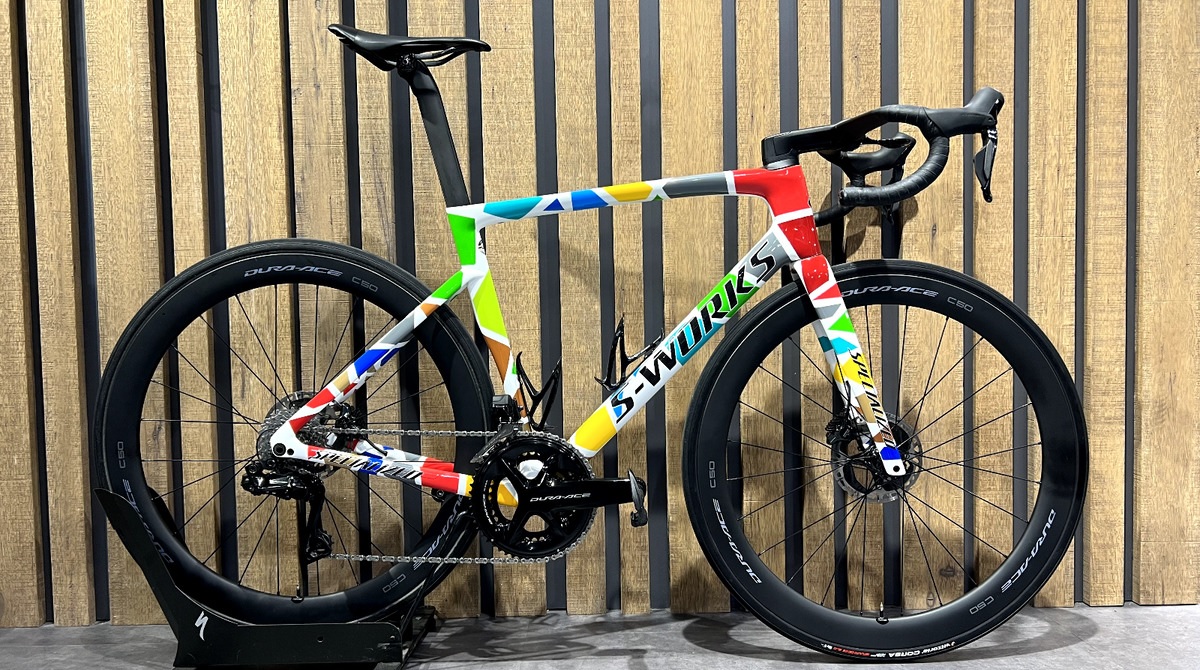
Supplements for Cyclists in Summer Heat: Strategies for Maintaining Performance and Well-being
Supplements for Cyclists in Summer Heat: Strategies for Maintaining Performance and Well-being
Summer cycling offers breathtaking landscapes and long days, but high temperatures pose a significant challenge for the cyclist's body. Heat not only increases the perception of effort but also accelerates critical physiological processes such as dehydration and electrolyte loss through sweating. To maintain optimal performance and safeguard well-being, specific supplementation becomes a fundamental pillar in preparation and during athletic activity. This article analyzes the essential supplements and intake strategies for effectively tackling summer heat on the bike.
The Challenge of Heat for Cyclists
When temperatures rise, the body intensifies sweat production as a cooling mechanism. While this process is vital for preventing overheating, it leads to a significant loss of fluids and, crucially, electrolytes (minerals such as sodium, potassium, magnesium, and calcium). A deficiency in these elements can lead to:
Dehydration: Decreased plasma volume, increased heart rate, and elevated body temperature.
Muscle Cramps: Often linked to electrolyte imbalances, particularly sodium and potassium.
Performance Drop: Early fatigue, difficulty maintaining desired intensity, and decreased mental clarity.
Gastrointestinal Issues: Nausea and discomfort due to water and electrolyte imbalances.
Targeted supplementation serves precisely to counteract these negative effects, supporting the body's homeostasis and optimizing its response to thermal stress.
Key Supplements for Cycling in Hot Weather
Electrolytes (Minerals): The Foundation of Hydration
These are the core of anti-heat supplementation. Intense sweating leads to a significant loss of sodium, chloride, potassium, magnesium, and calcium.
Function: Essential for regulating fluid balance, muscle function (contraction and relaxation), nerve transmission, and maintaining blood pressure.
Intake: Available in powder, effervescent tablets, or gels. It is advisable to take them before, during, and after activity, dissolving them in water bottles. The concentration should be appropriate for the amount of sweat lost and the duration of the ride.
Carbohydrates (Gels, Bars, Isotonic Drinks): Constant Energy
In hot weather, the body tends to deplete glycogen reserves more quickly. Isotonic drinks that also contain carbohydrates offer a dual benefit.
Function: Provide quick and sustained energy to muscles, preventing blood sugar drops (hypoglycemia) which can be exacerbated by heat.
Intake: Gels and bars are practical for longer rides. Isotonic drinks, with a carbohydrate concentration of around 6-8%, are ideal because they allow for simultaneous hydration and energy replenishment.
BCAAs (Branched-Chain Amino Acids): Recovery and Fatigue Reduction
High temperatures increase muscle stress and protein catabolism.
Function: BCAAs (Leucine, Isoleucine, Valine) support muscle protein synthesis, reduce exercise-induced muscle damage, and can help decrease the perception of central fatigue, a particularly relevant aspect when the body is under thermal stress.
Intake: Generally in powder or tablet form, they can be taken before and/or during training, preferably with water or isotonic drinks.
Caffeine (in Moderation): Stimulus and Focus
Caffeine can be a valuable aid, but it should be used cautiously in the heat.
Function: Improves performance, reduces the perception of effort and fatigue. It can have a positive effect on alertness and concentration.
Intake: In energy gels, tablets, or beverages. It is crucial not to overdo it, as excessive intake can lead to nervousness and, in sensitive individuals, a slight diuresis, potentially counterproductive in hot conditions.
Beta-Alanine: Lactic Acid Buffering
While not directly related to thermoregulation, beta-alanine can help buffer lactic acid, allowing for more intense efforts even when the body is stressed by heat.
Function: Increases carnosine levels in muscles, which acts as a buffer against the accumulation of hydrogen ions, delaying the onset of muscle fatigue.
Intake: Generally in powder or tablet form, with a loading protocol to achieve maximum benefits.
Intake Strategies and Additional Considerations
Pre-Hydration: Starting the ride well-hydrated is crucial. Drink water with electrolytes in the hours leading up to the activity.
Constant Hydration During: Do not wait until you are thirsty. Drink small sips frequently (every 15-20 minutes) to maintain a constant flow of fluids and electrolytes.
Post-Workout: Recovery is essential. Continue to take electrolytes and carbohydrates to replenish losses and restore glycogen reserves. Adding protein (e.g., whey) promotes muscle recovery.
Listen to Your Body: Every cyclist has a different tolerance to heat and sweating. It is fundamental to listen to your body's signals and adapt supplementation accordingly.
Pre-Race/Training Test: Do not try new supplements or hydration protocols during competitions or long rides. Always test them in training to understand your body's response.
Conclusion
Tackling summer heat on the bike requires an integrated strategy that goes beyond simply drinking water. The intelligent use of electrolytes, carbohydrates, BCAAs, and other supplements can make a significant difference in terms of performance, preventing cramps and fatigue, and maintaining overall well-being. Planning supplementation, combined with appropriate clothing and scheduling rides during cooler hours, will allow cyclists to fully enjoy summer challenges while minimizing the risks associated with high temperatures.
If you have other curiosities you can write to: salvatelliluca @ hotmail.com
